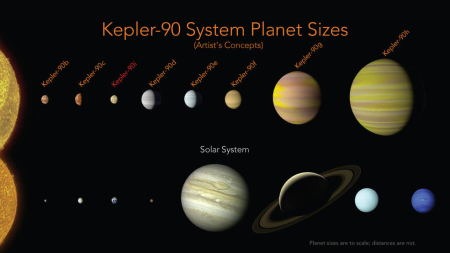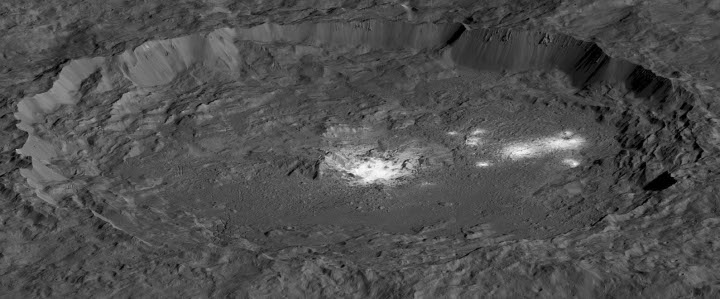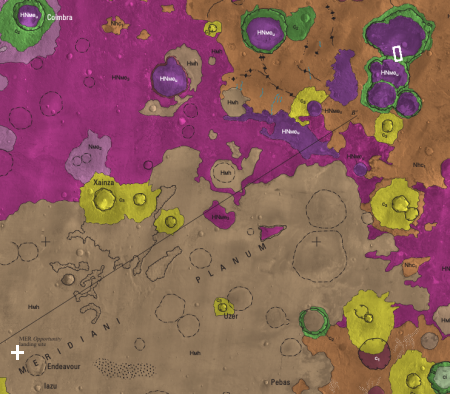Yawn. President Trump today signed a new space policy directive that makes the Moon the U.S.’s first exploration priority again.
“The directive I am signing today will refocus America’s space program on human exploration and discovery,” said President Trump. “It marks a first step in returning American astronauts to the Moon for the first time since 1972, for long-term exploration and use. This time, we will not only plant our flag and leave our footprints — we will establish a foundation for an eventual mission to Mars, and perhaps someday, to many worlds beyond.”
As I wrote above, yawn. Same old same old. In 2004 Bush declared we will go to the Moon. In 2010 Obama declared we will go to an asteroid. In 2017 Trump declares we will go to the Moon.
In all those years, where have we actually gone? Nowhere. The government’s effort during all that time to build a rocket and a manned spacecraft to do any of this stuff has come up completely empty. Neither will carry humans into space for at least another five years, if not longer.
The only thing these empty promises have accomplished is to waste a god-awful amount of taxpayer money, now about $33 billion, with appropriations likely to increase that to more that $43 billion before that first manned SLS/Orion flight.
I predict that this government promise will come up empty as well, at least in the manner the government and NASA is trying to sell it. It won’t be the government rocket and capsule that will get us back to the Moon, but a host of new private companies, making profits and doing things efficiently and fast, that will get us there. And I am firmly confident that they will do it before the government even gets off the ground.







